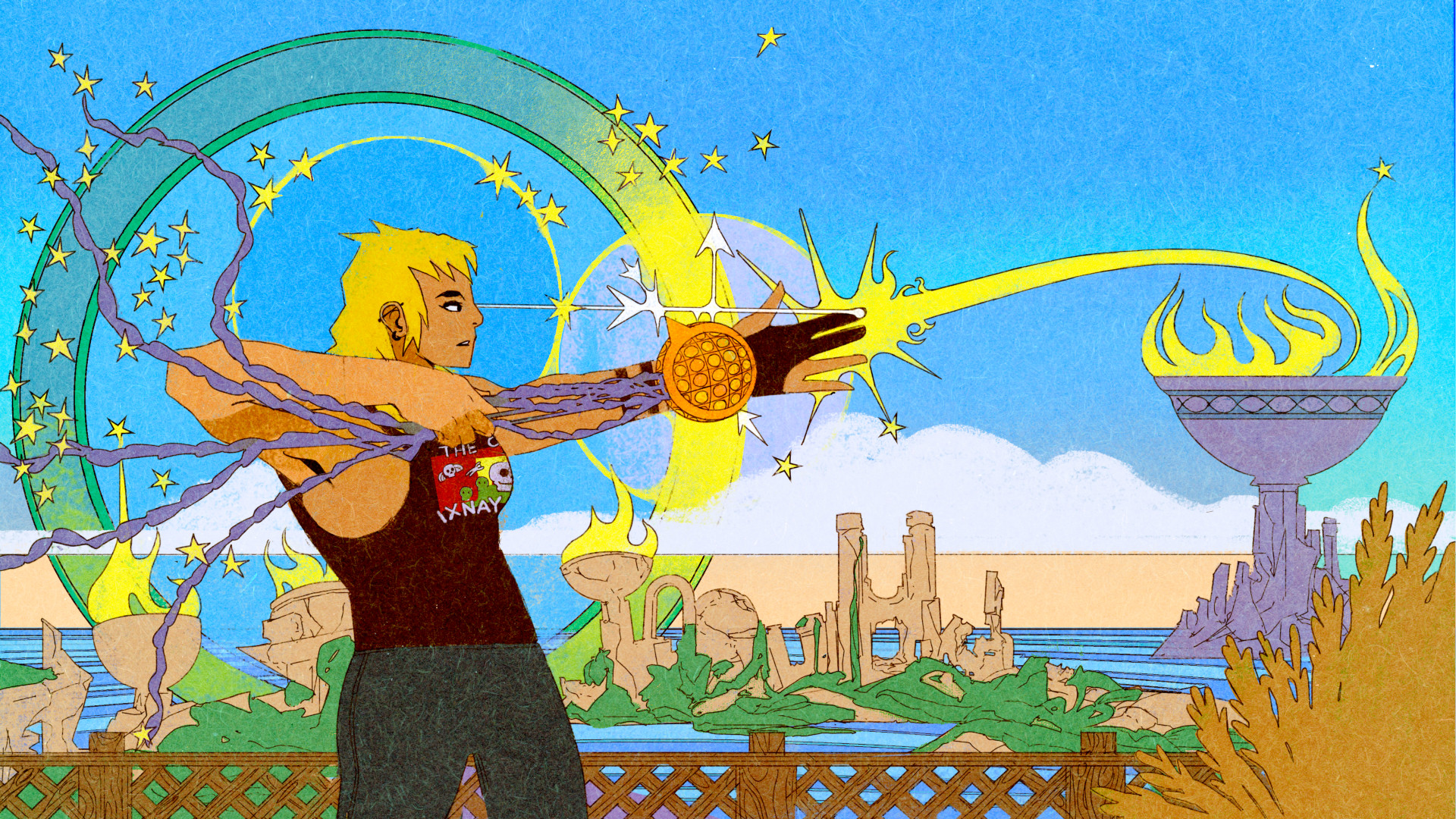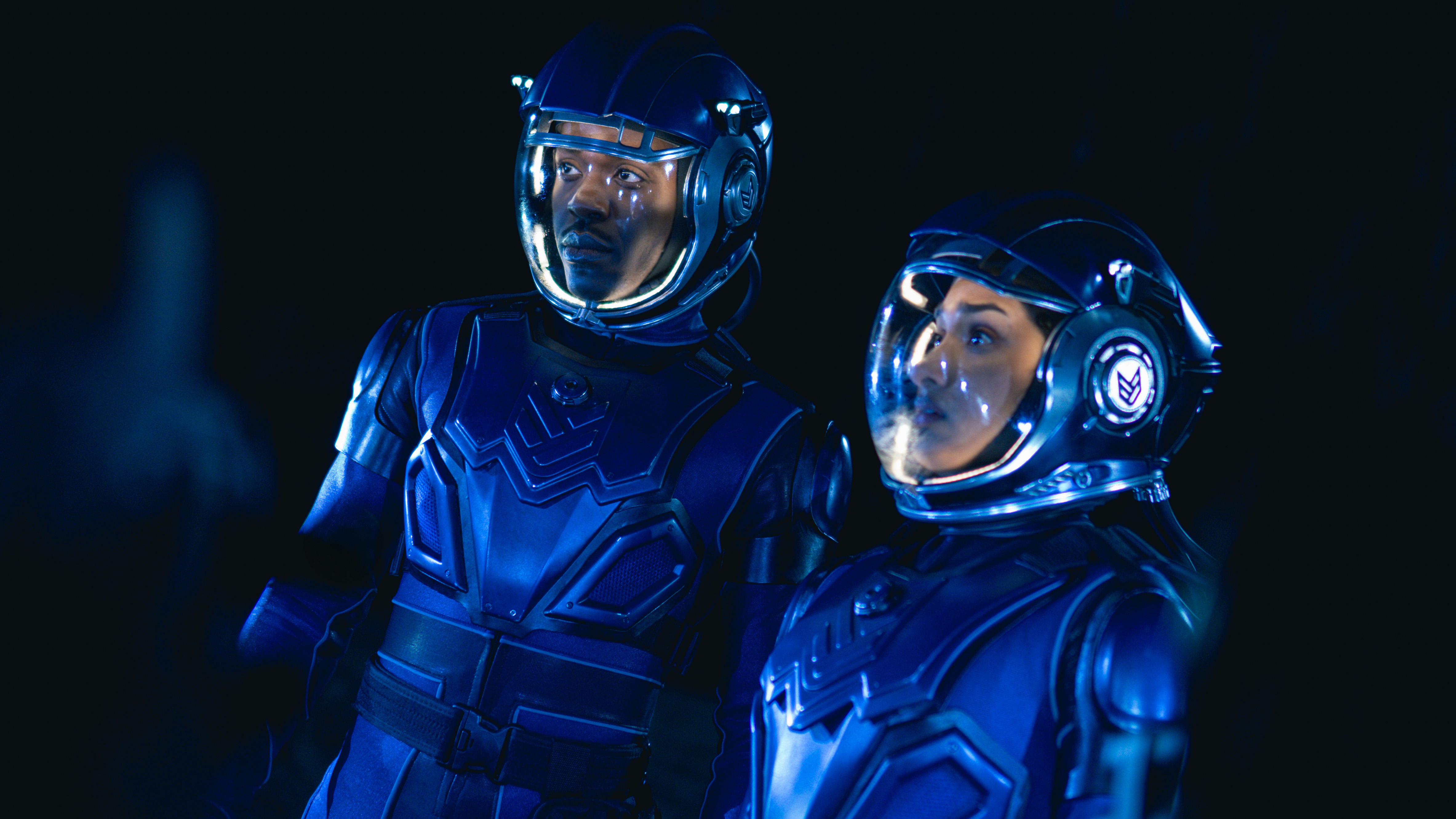Starfield's ending explained
Everything you need to know about the ending of Starfield, including the Starborn, the Unity and more.
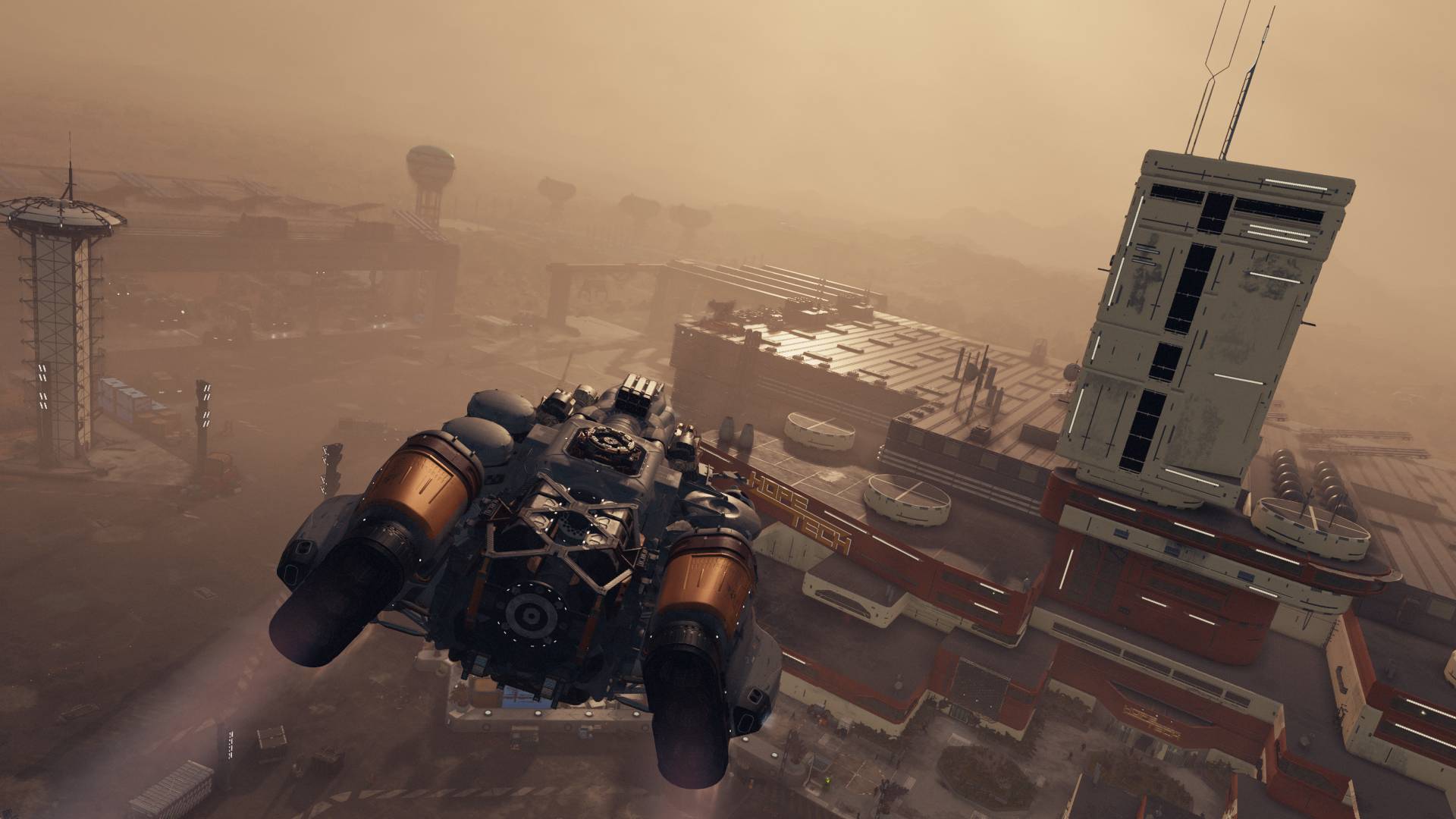
The Starfield ending is a little weird so it's no surprise if you need the Starborn, the Artifacts, the Unity, and how it all ties into Starfield new game plus explained. Your space exploration and Artifact-collecting journey ends with you deciding how you'll proceed with the Hunter and the Emissary and then will face the mysterious Unity to see what's next and roll the credits. Having played the ending myself and compared notes with other Starfield players on the GamesRadar+ team, I've put together this comprehensive explanation of the Starfield ending, detailing what happens to your spacefarer and the other characters.
Spoiler warning: it goes without saying that those who don't want the ending of Starfield revealed should turn back now!
What happens in the ending of Starfield?
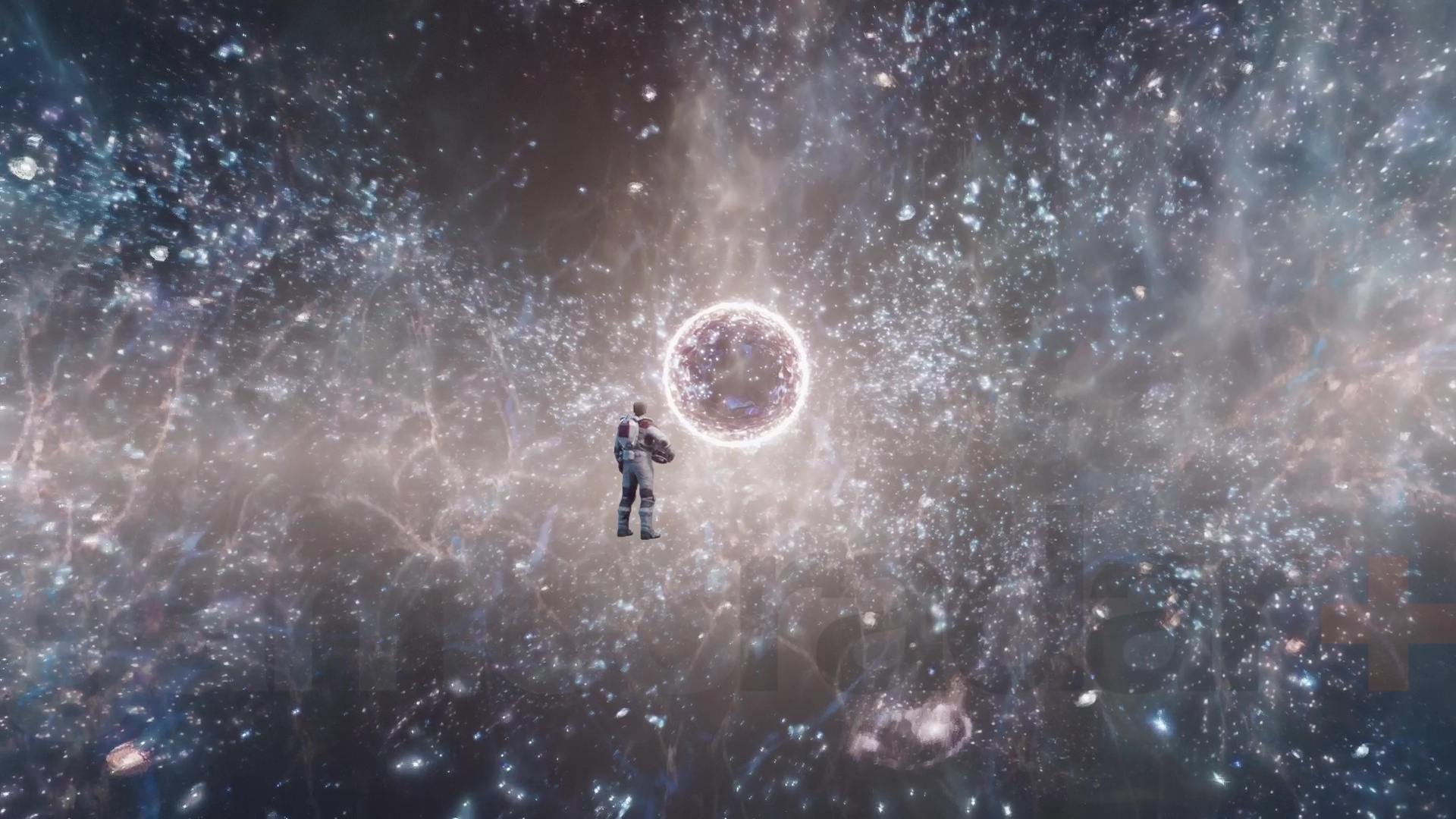
Starfield's ending is based around the Unity, which is a kind of portal to other universes in the multiverse. Every universe has its own Unity - or perhaps a way to access a single Unity that all the universes share - and those people who find and go through the Unity become known as "Starborn", multiversal travellers who leave behind one reality to find their way to another.
At the end of Starfield, you yourself become one of the Starborn, finding the Unity and crossing over into another dimension (after a chat with another parallel universe version of yourself). You are effectively reborn - part of you merges with your current universe and influences its future, and another part of you is transported to another universe - which is how Starfield does its version of New Game Plus. So the ending isn't really much of an ending at all, as Starfield reveals itself to be something more like a roguelike - starting reality over and over and playing it differently each time.
Are there multiple endings in Starfield?
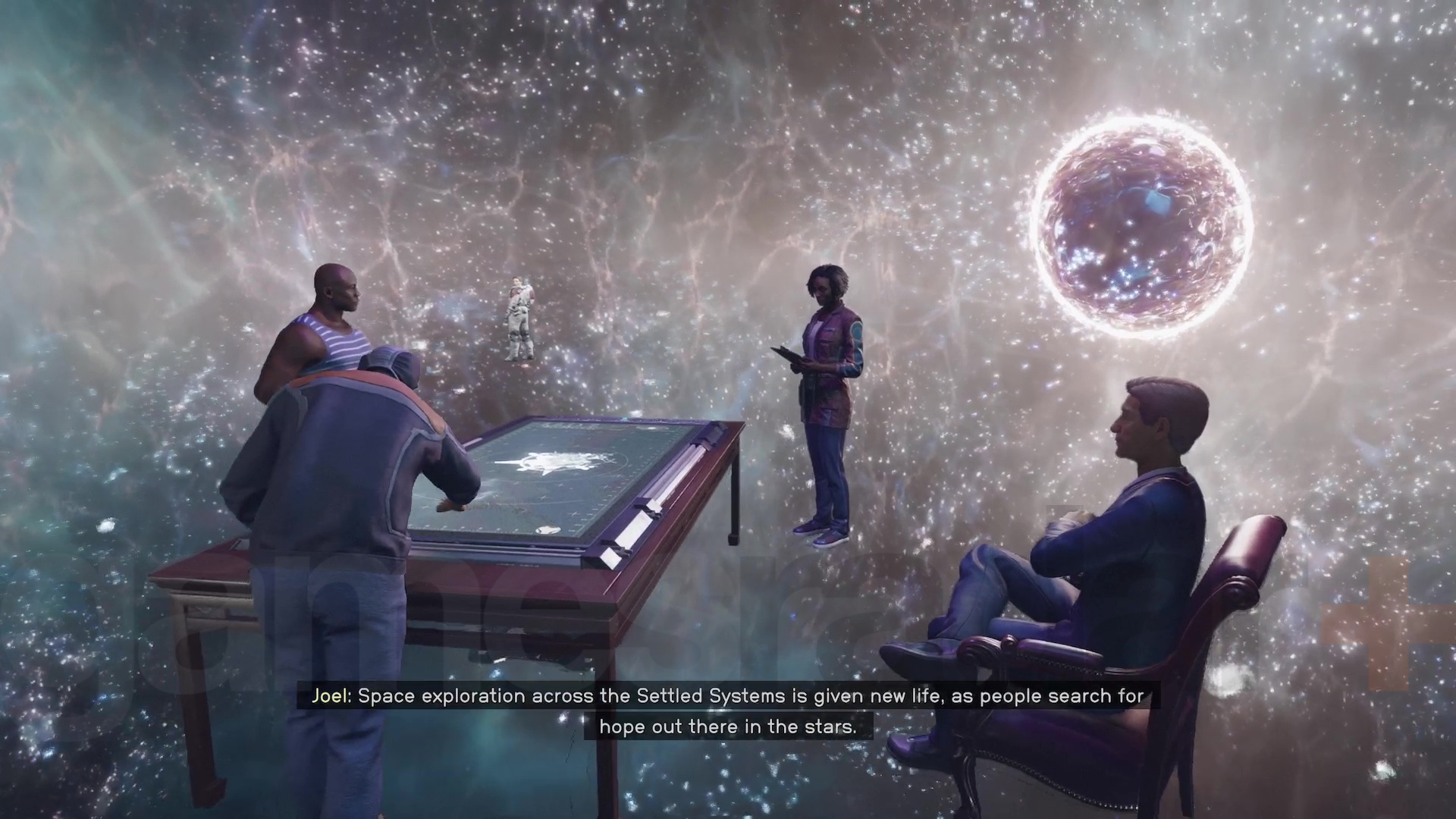
No, there aren't multiple endings to Starfield, only some variations on the same ending. No matter how you play, it always ends with you going to the Unity and hopping to the next universe - though there's also a summary of everything you achieved and chose to do in your campaign, including choices you made for all of the Starfield factions and in the main story. Obviously those elements will vary depending on what you chose to do, but they don't actually change how the Unity sequence plays out, or the consequences of it.
You can also choose not to jump into the Unity, but this isn't an alternate ending, it merely delays the regular one. You go back into your game and have the option to return to the Unity by Grav Jumping with the Armillary installed at any point.
What is the Unity?
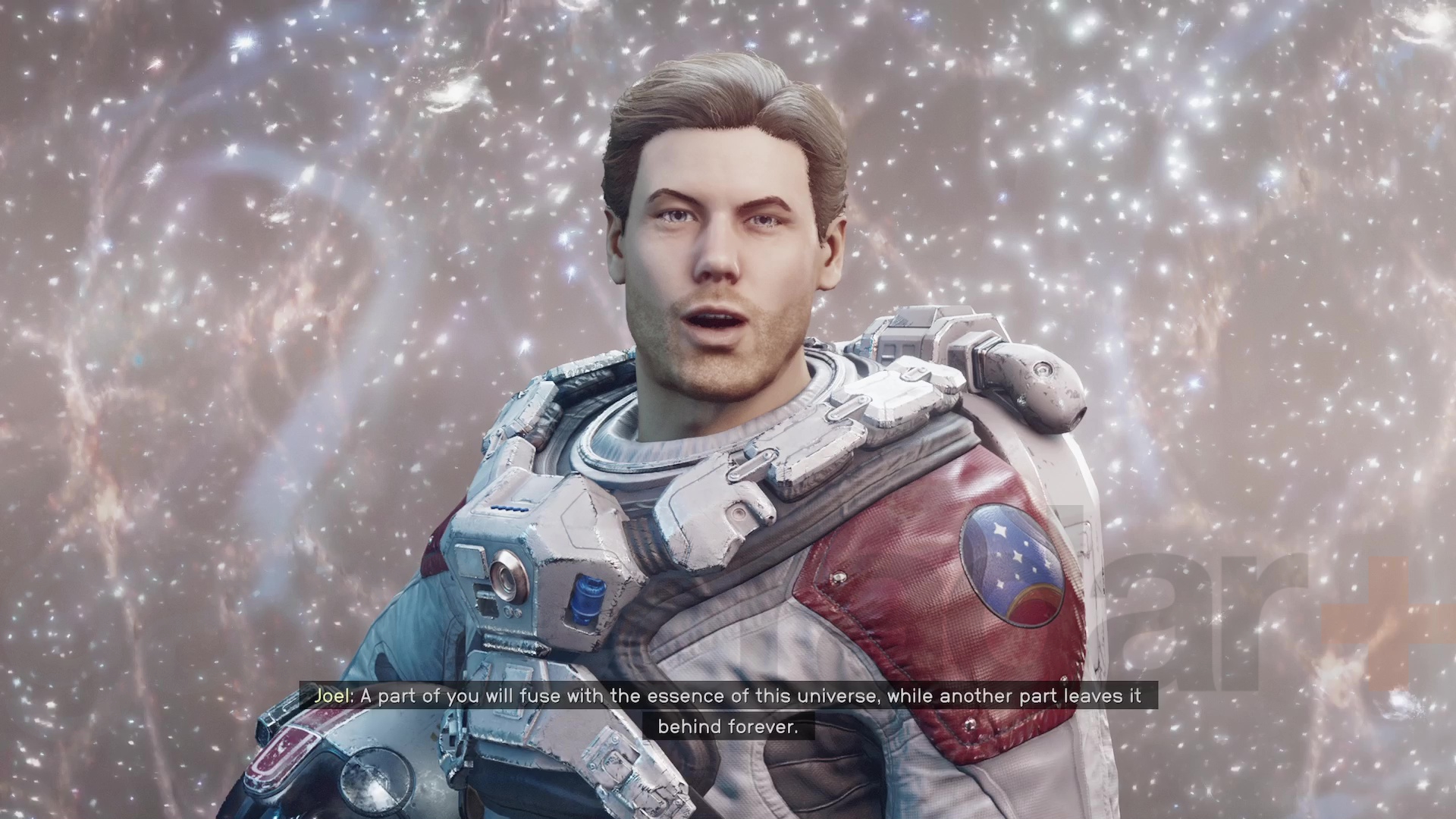
The Unity isn't especially well-explained in Starfield. You can ask your multiversal counterpart about it, but even they don't know who made it, and assume it was made simply to facilitate and encourage exploration. When a person touches it, they are effectively reborn in another universe, becoming "Starborn" - and get a free hyper-advanced spaceship and spacesuit in the process. What they leave behind permeates throughout that universe and subtly influences it - so what you believe in and care about will set the future for that reality.
The Unity can only be found by collecting enough Artifacts and building the Starfield Armillary, which allows you to Grav Jump to the Unity itself, making the whole thing a big scavenger hunt.
Who are the Starborn?
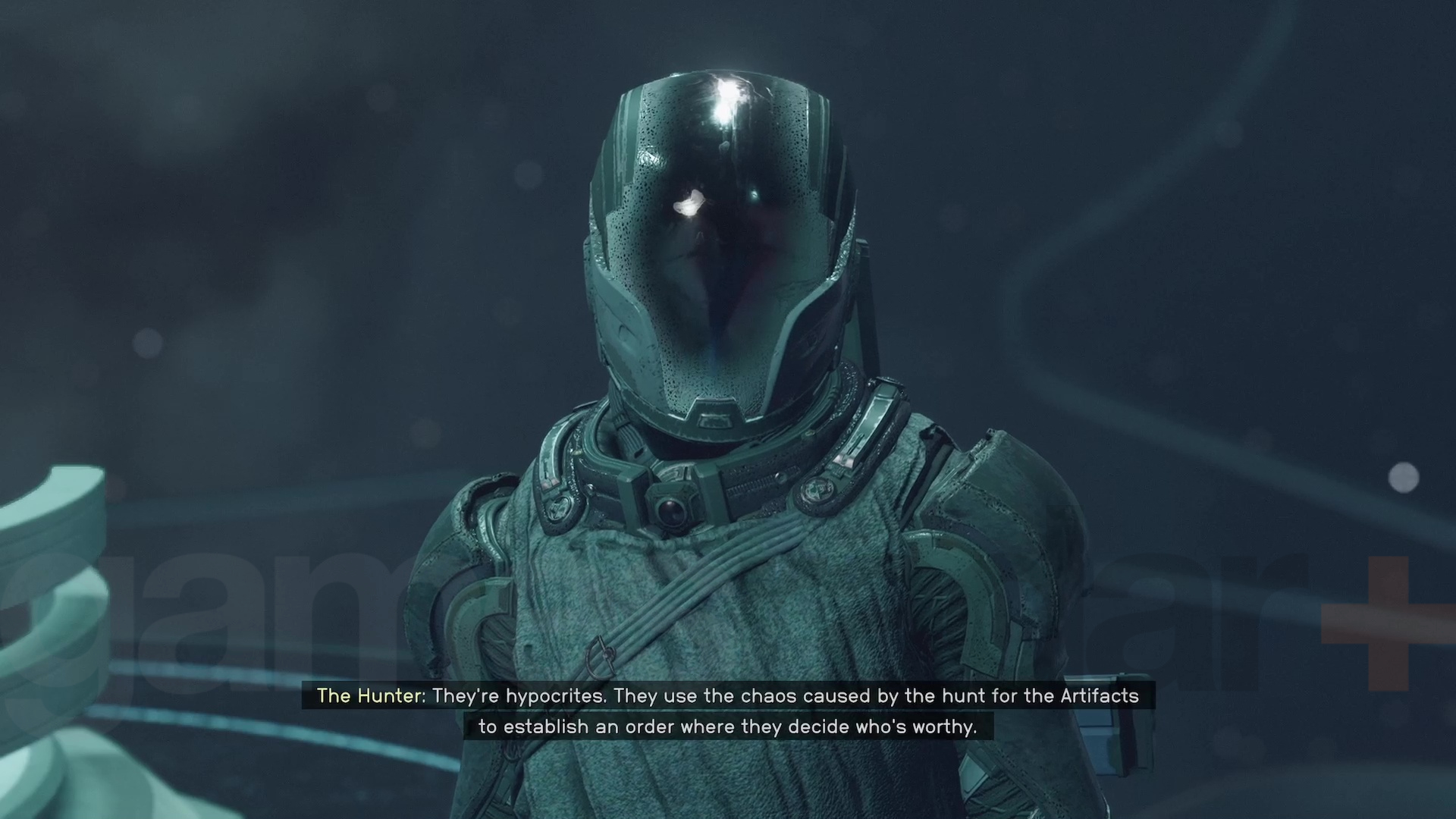
The Starborn are simply humans that have gone through the Unity, sometimes more than once - or even hundreds of times, in the case of the Emissary and the Hunter. The Starborn aren't a unified faction though - they're just a group of diverse people who have all gone through a similar experience, and have their own differences and contentions, often fighting each other along the way.
The Hunter and the Emissary are two of the most journeyed Starborn, at least that we meet in the course of the game. They know each other very well and have fought for the Artifacts more than once, but have very different ideologies: the Hunter believes that the Artifacts and the Unity should simply go to whoever has the raw skill to obtain them, grander purpose be damned. Contrarily, the Emissary (and their followers) believes that the Unity should go to the worthy and the noble - though they determine themselves to be the only ones who can judge that worthiness, which effectively keeps this group of Starborn in control. You can side with either (or neither) of them, changing who has access to the Unity in that universe after you use it, which affects the little ending summary you get mentioned above.
© GamesRadar+. Not to be reproduced without permission
Sign up to the GamesRadar+ Newsletter
Weekly digests, tales from the communities you love, and more

Joel Franey is a writer, journalist, podcaster and raconteur with a Masters from Sussex University, none of which has actually equipped him for anything in real life. As a result he chooses to spend most of his time playing video games, reading old books and ingesting chemically-risky levels of caffeine. He is a firm believer that the vast majority of games would be improved by adding a grappling hook, and if they already have one, they should probably add another just to be safe. You can find old work of his at USgamer, Gfinity, Eurogamer and more besides.
